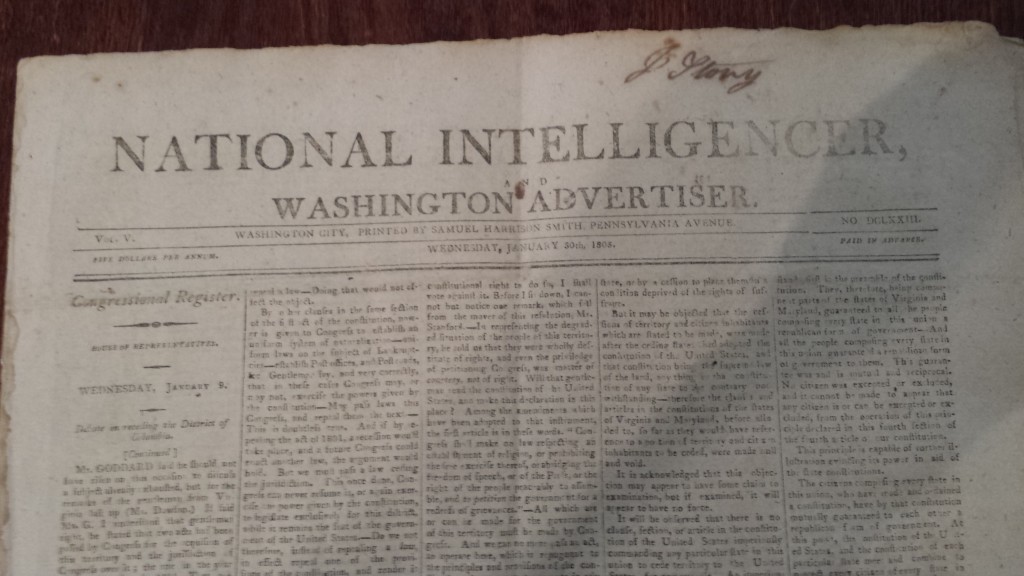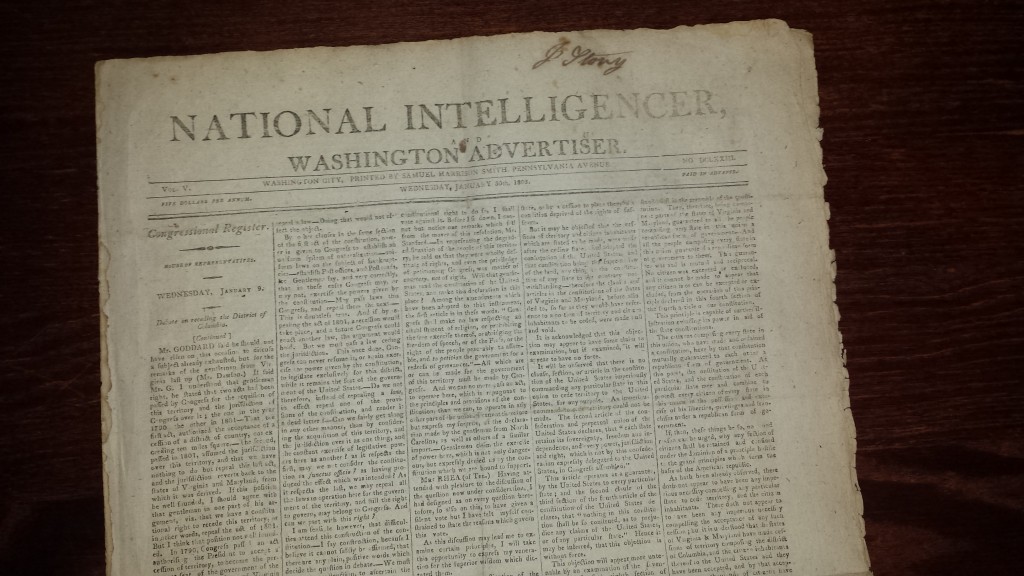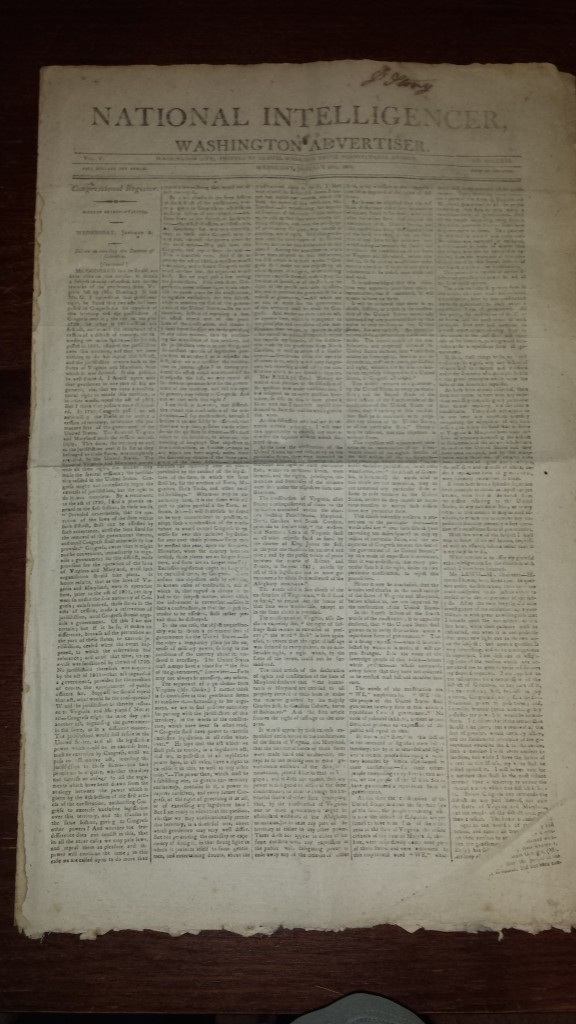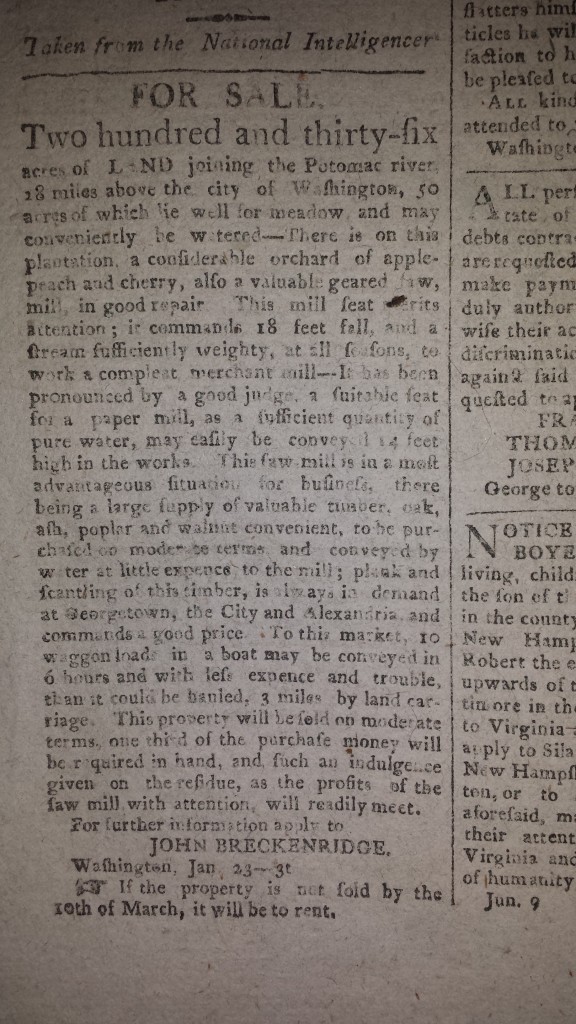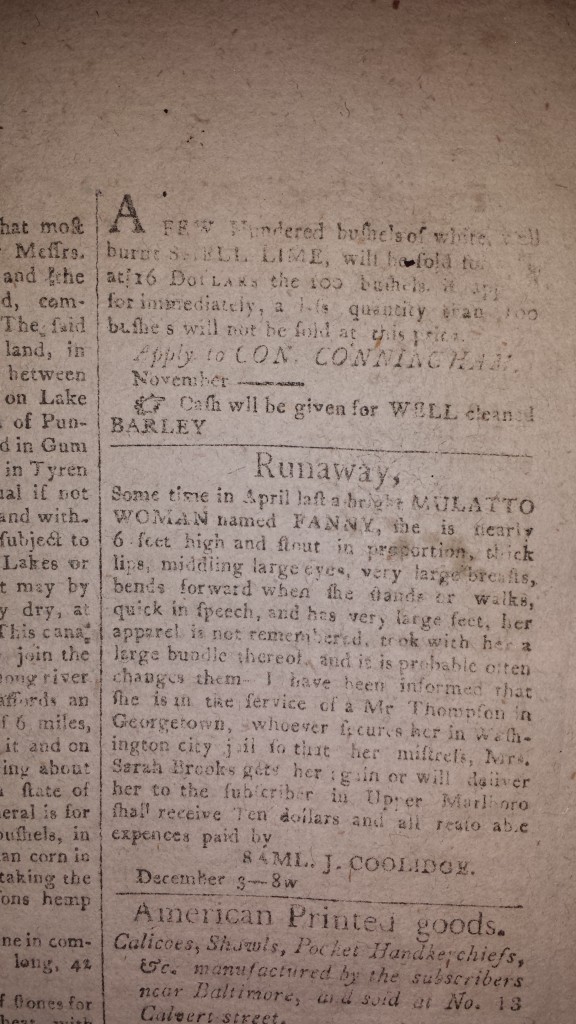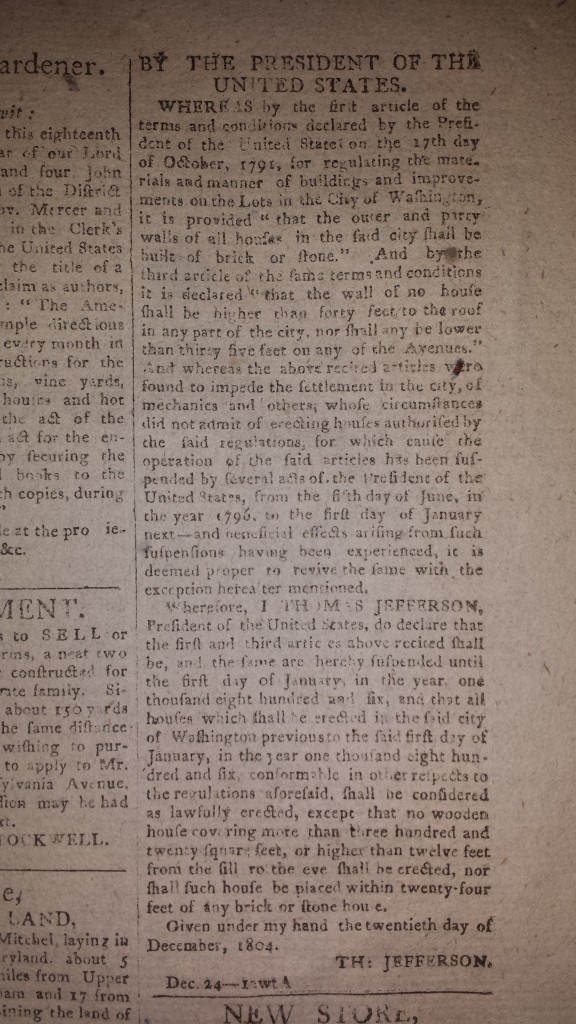For my second question on my ConLaw exam, I flipped the obvious (and expected) same-sex marriage issue on its head. Rather than asking straight-up whether the Equal Protection Clause, or Due Process Clause, should invalidate a law banning same-sex marriage, I proposed a hypothetical law, The Protection of Marriage Act (POMA) that mandates that all 50 states recognize gay marriage. This is a tough Section 5 issue that requires students to address not only the rationality of a same-sex marriage ban, but also “congruence and proportionality” under the 14th Amendemnt. For good measure, I added a private cause of action that allows individuals to sue states that deny same-sex marriage, posing a solid Morrison 11th Amendment issue.
Plus, as a preview of things to come, a Priest who refused to perform a same-sex wedding is sued under the generally applicable POMA, which bans discrimination on the basis of sexual orientation. POMA waives RFRA as a defense. As a defense, he raises a free-exercise claim under Smith. I think I know how this question comes out, but I suspect some may disagree. And, because the Court didn’t address Elane Photography, I added a compelled speech issue for an atheist baker who refuses to bake a cake for a same-sex wedding because it does not inspire him. I close with a tough policy issue on whether opposition to same-sex marriage could only be grounded in moral animus. I forced students to take both sides of the issue, which turned out to be strikingly difficult. Some students could take one side, others could take the other. The top papers understood both sides. Here is the A+ answer.
Enjoy!
—
Instructions: The year is 2014. You are a law clerk for Justice Anthony M. Kennedy. Three consolidated cases concerning the constitutionality of the Protection of Marriage Act (POMA) were recently argued before the Supreme Court. You have been assigned the task of writing a memorandum of no more than 1,000 words addressing five issues presented in these cases.
—
In the wake of United States v. Windsor (2013), which found that part of the federal Defense of Marriage Act was unconstitutional, Congress was concerned that a number of states continue to deny same-sex couples the right to marry. To address this problem, Congress enacts, and the President signs into law, the Protection of Marriage Act of 2013 (“POMA”).
POMA has three key sections.
Section 1: Pursuant to Congress’s powers under Section 5 of the 14th Amendment, and in order to ensure that no state shall “deny any person of life, liberty, or property without due process of law,” or “deny any person within its jurisdictions the equal protection of the laws,” all states shall guarantee to same-sex couples “marriage equality.” Marriage equality is defined as all states guaranteeing same-sex couples the ability to marry, and be treated under state law in the same manner in all respects, as opposite-sex couples.
Section 2: Same-sex couples that are denied the ability to marry can file suit in federal district court against the state in which they reside to challenge the state’s denial of “marriage equality” under POMA.
Section 3: Discrimination on the basis of marital status shall result in liability of $1,000 per discriminatory incident. Individuals shall have standing to bring claims under Section 3 in federal district court. The Religious Freedom Restoration Act (“RFRA”) shall not constitute a defense to this section.
After POMA is signed into law, three lawsuits are filed.
1. Aggie and Barge, two women who live in Houston, apply for a marriage license and are denied. Texas has a state constitutional amendment prohibiting same-sex marriage. The couple promptly filed suit against the state of Texas in federal district court, under the jurisdiction of Section 2 of POMA. The couple alleges that Texas’s refusal to allow them to marry violates Section 1 of POMA. Texas replies that Congress lacks the power under Section 5 of the 14th Amendments to enact Section 1 of POMA, as it abrogates its state sovereignty protected by the 10th Amendment, intrudes on Texas’s police power, and violates the principles of federalism. Further, Texas asserts that Congress lacks the power under Section 5 of the 14th Amendment to permit the couple to sue the state in federal court under Section 2 of POMA.
2. Carl and Domer, two men who live in Dallas, ask a Roman Catholic Priest to officiate at their wedding. The priest refuses. Carl and Domer file suit against the Priest under Section 3 of POMA. The Priest concedes that he has discriminated against the couple on the basis of marital status. However, he replies that being forced to perform a same-sex wedding imposes a burden on his religious beliefs, in violation of his rights protected by the Free Exercise Clause of the First Amendment. The priest does not raise any claim under the Free Speech Clause of the First Amendment, or the Religious Freedom Restoration Act.
3. Edna and Fapu, two women who live in Austin, ask Grandpa, a world-famous chef, to bake a cake for their wedding. Grandpa, an atheist who rejects all religion, declines to make them a cake for their wedding. He views his baking as a form of art, and refuses to be forced to design a cake for an event that does not inspire him to create beautiful torts (the tasty kind). Edna and Fapu file suit against Grandpa under Section 3 of POMA. Grandpa concedes that he discriminated against the couple on the basis of marital status. However, he replies that being forced to design a cake for their wedding would violate his rights protected by the Free Speech Clause of the First Amendment. Grandpa does not assert any claim under the Free Exercise Clause of the First Amendment, or the Religious Freedom Restoration Act.
All three of these suits are unsuccessful in the lower courts, and are consolidated on appeal to the United States Supreme Court
—
In a memorandum of no more than 1,000 words for Justice Kennedy, address the following five issues.
1. Does Congress have the authority under Section 5 of the 14th Amendment to enact Section 1 of POMA? Please also address whether Section 1 violates the 10th Amendment, Texas’s sovereignty under the principles of federalism, and Texas’s traditional police powers.
2. Does Congress have the authority under Section 5 of the 14th Amendment to enact Section 2 of POMA? Please also address whether Section 2 violates the 10th Amendment, Texas’s sovereign immunity under the 11th Amendment, and principles of federalism.
3. Would the application of Section 3, and the imposition of civil liability to the Priest violate his right of Free Exercise under the First Amendment?
4. Would the application of Section 3, and the imposition of civil liability to Grandpa violate his right of Free Speech under the First Amendment?
5. Justice Kennedy is laboring over a question raised, but not fully answered in United States v. Windsor. Must opposition to same-sex marriage only be grounded in animus or hatred towards gays and lesbians. Please address both sides of this issue in the context of the constitutionality of the Protection of Marriage Act.
